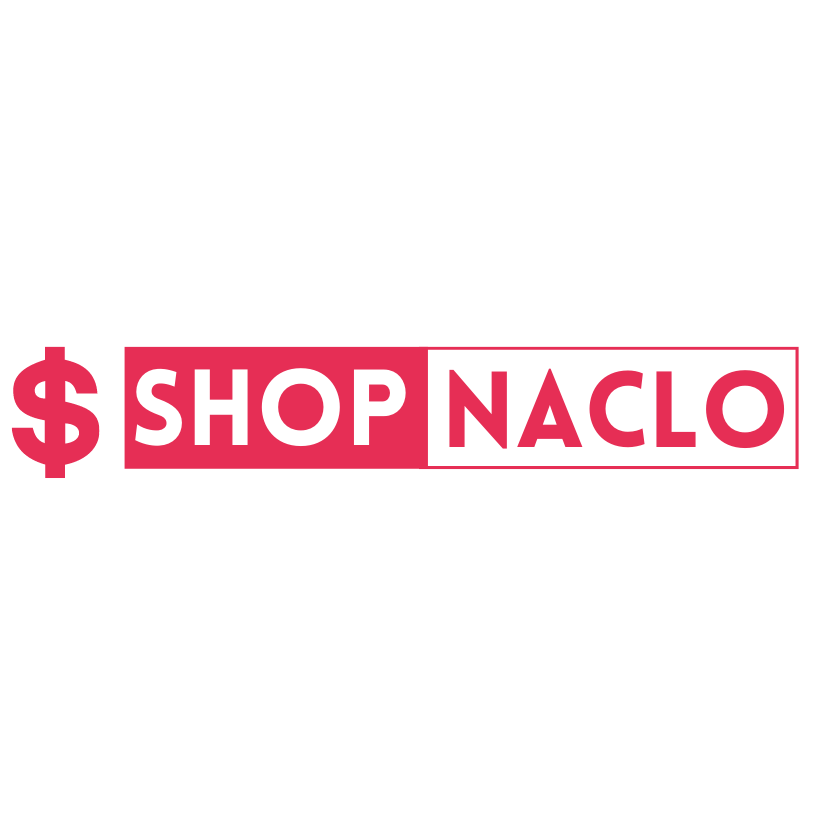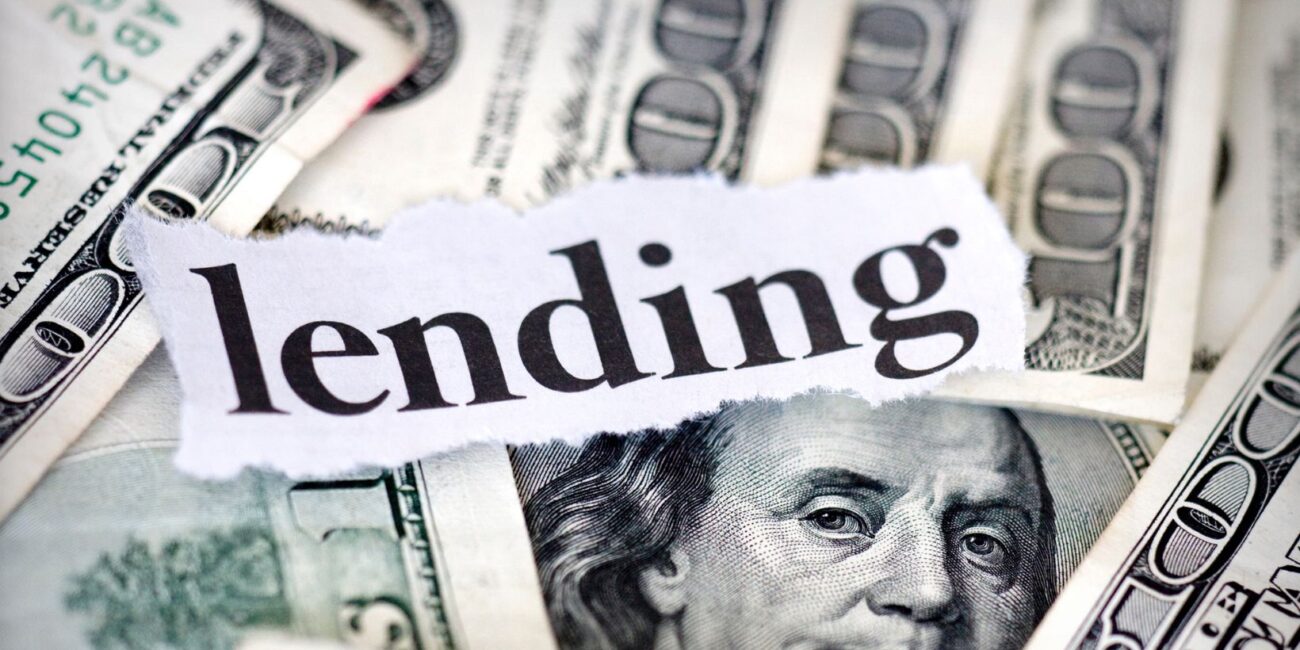The years following the pandemic have felt like a long financial hangover for many small business owners. The shutdowns and economic uncertainty forced everyone from coffee shop founders to construction managers to rethink what stability really means. But beneath all the noise about inflation and interest rates, something quietly changed in the world of lending. Small business financing became less about gatekeepers and more about opportunity. The American Dream, once tied to rigid bank approvals and stacks of paperwork, is now being reimagined through a lens of flexibility and real-world growth.
The Shift From Survival To Strategy
At first, post-pandemic recovery was all about survival. Business owners scrambled for relief loans and cash infusions, often at steep costs. But as the economy found its footing, many realized that old-school funding wasn’t designed for modern business rhythms. The strict credit requirements, slow approvals, and one-size-fits-all repayment models didn’t match the agility needed to rebuild. That’s when entrepreneurs started moving toward more intentional growth strategies. They began seeking lenders who understood that expansion doesn’t always follow a straight line and that resilience often shows up in creativity, not just collateral.
This shift has brought with it a quiet empowerment. Owners are no longer waiting months for an underwriting decision. Instead, they’re partnering with lenders who meet them where they are—financially and operationally. Growth, once treated as a byproduct of funding, is now part of the conversation from the start.
How Alternative Lending Took The Lead
Before 2020, alternative lenders were often viewed as the outsiders of finance. They offered faster approvals and easier access but carried a reputation for being too new or too flexible to trust. The pandemic flipped that narrative. When traditional banks tightened their standards, it was non-bank lenders that stepped up with practical solutions.
Today, companies like Credibly, Capify, or Fora Financial loans outshine traditional loan options because they’re designed around the actual pace of small business. They understand that seasonal dips, equipment upgrades, or late customer payments are normal, not red flags. By offering funding structures based on cash flow and performance, these lenders have created something that looks a lot like the American Dream 2.0—ambitious but grounded in reality.
The irony is that what once seemed unconventional is now setting the standard. Business owners no longer see alternative financing as a last resort. Instead, it’s a first-choice strategy for those who want to grow without surrendering autonomy or getting tangled in red tape.
The Power Of Personalized Lending
There’s also a cultural shift underway in how lending relationships are built. Instead of being reduced to credit scores or spreadsheets, borrowers are now evaluated through a more nuanced lens. It’s less about perfect numbers and more about potential. Lenders in this space tend to look at the full picture: sales trends, cash flow health, customer loyalty, and even digital presence.
That personalized approach has resonated deeply with entrepreneurs who’ve spent years feeling invisible to large institutions. It’s not that banks are villains—they’re just structured for another era. Alternative lenders, on the other hand, have embraced technology to offer smarter, faster assessments that still feel human. The result is a funding process that mirrors the entrepreneurial mindset itself: thoughtful, adaptable, and built on trust earned through performance, not pedigree.
Technology’s Subtle But Game-Changing Role
Fintech platforms have done more than just speed things up. They’ve humanized the process by removing the friction points that once made borrowing so intimidating. Online dashboards let business owners track repayment schedules in real time. AI-driven analysis helps match borrowers with programs that fit their cash cycles instead of forcing them into rigid repayment calendars.

More importantly, technology has given lenders access to richer data—sales trends, invoice patterns, customer retention rates—that tell a more complete story than a credit score ever could. That’s why small business lending feels different now. It’s less transactional and more relational. The process doesn’t just serve a financial need; it reflects a new kind of confidence among borrowers who understand their worth.
A Broader Definition Of The American Dream
The traditional American Dream was always rooted in ownership and independence. But ownership means something different now. For today’s small business owners, it’s about steering their own financial ship with partners who respect that independence. It’s about redefining success in practical terms—sustainable growth, happy employees, loyal customers, and steady cash flow—rather than chasing unchecked expansion or external validation.
This version of the Dream isn’t about borrowing for the sake of appearance. It’s about funding that aligns with purpose and timing. A catering business might take out a short-term loan to cover new equipment before the wedding season. A retail shop might finance inventory expansion knowing they can pay it off after the holidays. These decisions are strategic, not reactive. And that mindset shift is what’s giving small business owners the confidence to build legacies that last.
Moving Forward With Purpose
If there’s one defining feature of post-pandemic lending, it’s that small business owners finally have options that reflect their realities. They’re not waiting for approval from institutions that see them as numbers. They’re working with lenders who treat them as partners in growth. That shift has turned financing from a stressor into a strategy.
The American Dream hasn’t faded; it’s evolved. It’s leaner, smarter, and grounded in the same principle that built it in the first place—determination paired with opportunity. And for those willing to adapt, that combination is proving to be more powerful than ever.



